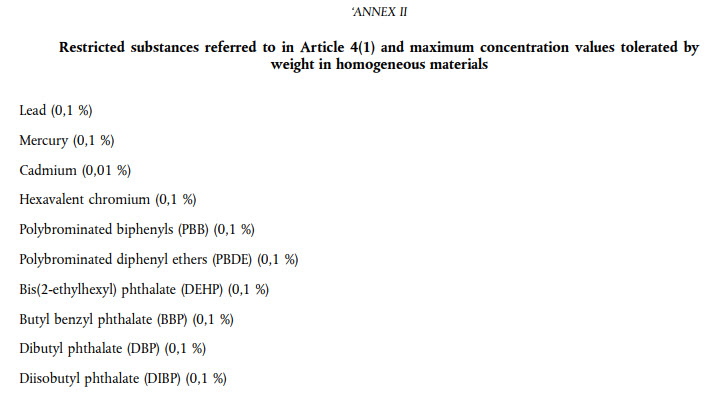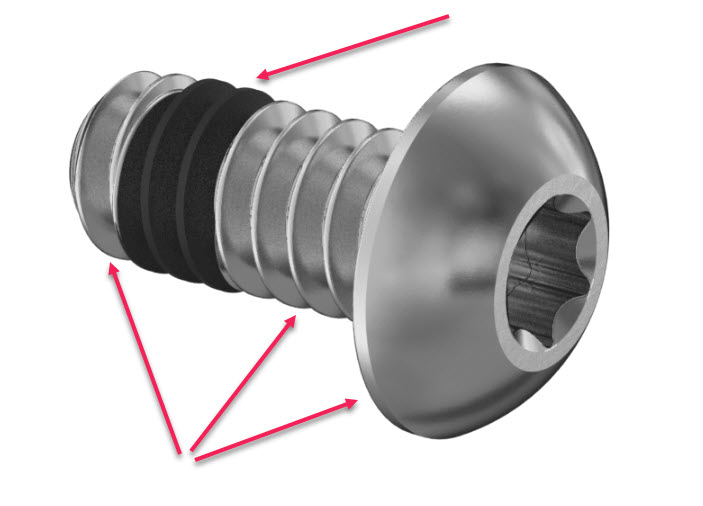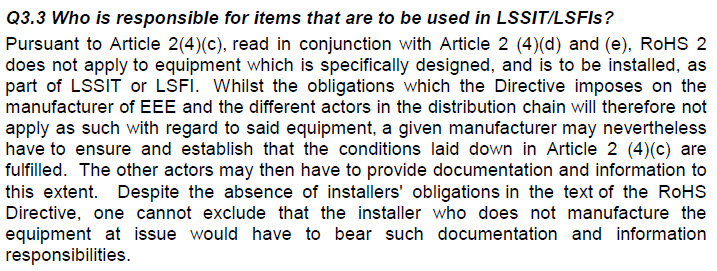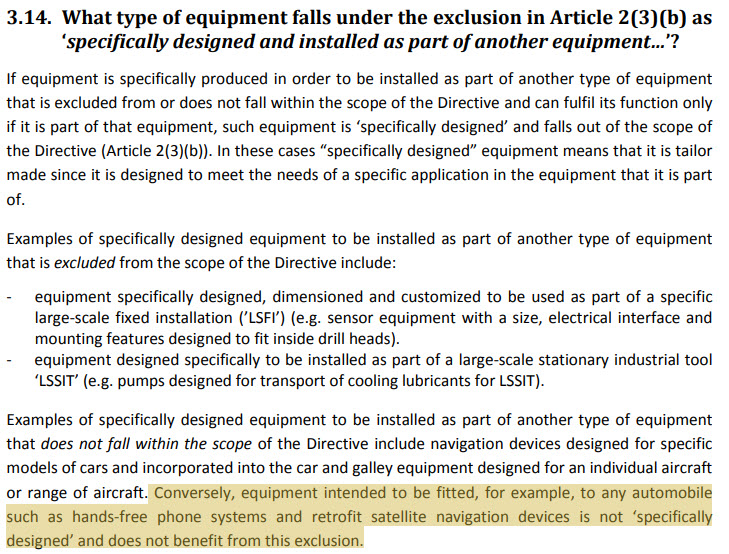We assist clients with their CE marking obligations daily at F2 Labs. This often means that we get into the weeds of the Directives to advise what they have to do and the stuff they do not have to do.
Clients understandably want to spend as little money and time on compliance as possible. We get it. This is not something fun to buy. Instead, it is a legal requirement that is between them and being able to ship their product to their customer in the EU… and get paid.
Our role is to tell you what we think is applicable, how much it will cost, and how much time it will take. Easy enough, right? It is easy if you involve someone knowledgeable about the requirements for placing a CE marking on products.
That is where we come in. There are many misconceptions about the applicability of the RoHS Directive 2011/65/EU to different kinds of products. In a nutshell, RoHS applies to anything with any electric or electronic function. This means if your product has any electric function then every individual piece of your build must individually comply with the Annex II substance level restrictions. For example – if your product is in scope, so are the screws and labels on it. Not just the board and electric motor or pump. It also means that all the little pieces on your board are in scope and so is each individual piece of every component.
The referenced Annex II substance restriction list was updated in 2015 with Commission Delegated Directive (EU) 2015/863 to add four phthalates. See below.

Perhaps you are reading this and wondering, “OK, what now?” Your responsibility, if your product is in scope of the RoHS Directive, is to ensure that no part of your build exceeds the restriction levels indicated in Annex II above.
To put a fine point on this, below is an example of the detail to which you must evaluate your build. I randomly pulled up a McMaster-Carr screw that is made up of stainless steel with some threadlocker applied to three of the threads. The part number is 95894A111 and an image from the product page is below, identifying the two components that make up this tiny screw: metal and black epoxy adhesive.

Both the metal and the epoxy have to individually comply with Annex II above. OK, now it is apparent why you want to investigate if you have do this, because in some cases you do not. And not doing it would be nice, right?
There are many exclusions to RoHS (see Article 2, 4 in the linked RoHS Directive above) but we will focus on Article 2, 4, (c):
‘equipment which is specifically designed, and is to be installed, as part of another type of equipment that is excluded or does not fall within the scope of this Directive, which can fulfil its function only if it is part of that equipment, and which can be replaced only by the same specifically designed equipment;‘
OK, great. You make something that goes on a big machine… you are excluded because large scale, stationary industrial machines are excluded from RoHS by Article 2, 4, (d), right? Maybe. It seems pretty clear… if you make a piece of equipment for someone else’s robot cell, and the robot cell is excluded from RoHS then you are excluded also, right? Again… Maybe.
The criteria for ‘specifically designed’ means that the equipment to be installed on the excluded machinery must be designed for that single model or that single installation (which is itself, custom). The best example that was given to me when I tried to understand this is an aftermarket light system on a vehicle. Let’s say you make offroad lighting for 4×4’s (vehicles are excluded from RoHS) and your lights can be installed on any 4×4 – you are not excluded. But if you make a set of lights for a Jeep Wrangler only? Excluded. If you make a light bar for a Ford Bronco, and it can only be installed on a Ford Bronco? Also excluded. This is loosely explained in the European Commission’s 2012 RoHS FAQ Guidance. That link is not working presently and has not worked for at least the past two days. (Secretly I am hoping it is about to be updated and replaced… it is 13 years old after all).
Luckily, I have a copy of this document so we can march on. Feel free to email me (pjolles@f2labs.com) and I will send a copy of it to you, no problem. Below is what we want from it now, Q3.3:

OK, not very clear, right? Me either, so I consulted with my old friend, Helmut Minor of Envenance. Helmut pointed me to the WEEE FAQ. Not to sidetrack this, but WEEE means the Waste Electrical and Electronic Equipment Directive 2012/19/EU and was written at the same time and by the same people as ROHS, and is complimentary legislation.

This means if you make some apparatus for a specific model of product, and that product is excluded, your apparatus is excluded from RoHS. If your apparatus can be used on different kinds of the same product then it is not excluded.
CONTACT F2 LABS FOR HELP, THIS IS WHAT WE DO.
Want to discuss your project with us?
You can contact us at this link. Our phone number is 877-405-1580 and we are here to help you.
F2 Labs is here to help.
